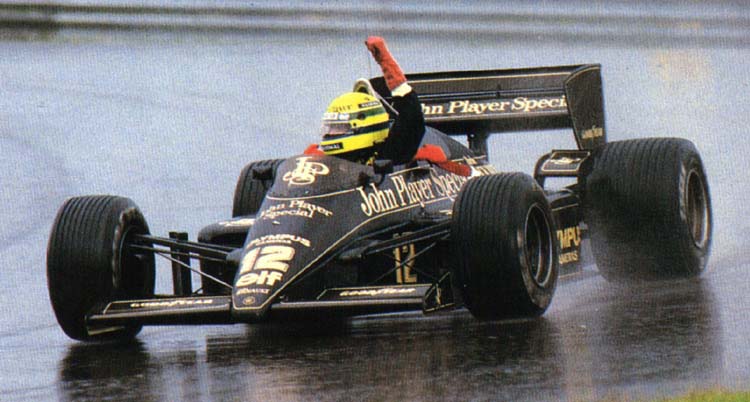
- Login or Register
No account yet? Sign up

It was a complete misunderstanding on my part. I thought you guys were talking about the part of the exhaust I've indicated with the blue arrow. That's why I was scratching my head.Crucial_Xtreme wrote:Nothing in what you did shows what is sticking out the back of the exhaust. To me, it looks like all 4 headers from the engine come from below so why would the be a T-joint in the exhaust pipes? Of course I could be wrong & so could others but I'll go with Scarbs thoughts as well as my own.
[...]
If you can explain what this is, I might change my mind, but the exhaust is exiting the other way & the 4 pipes come from the bottom.

yeah I figured you weren't sure exactly what we were talking about, which is why I did the arrow thing. No worries my friend. I actually didn't notice the resonator further up by your second arrow..bhallg2k wrote: It was a complete misunderstanding on my part. I thought you guys were talking about the part of the exhaust I've indicated with the blue arrow. That's why I was scratching my head.
The actual part in question, which I've indicated with red arrows, is definitely a Helmholtz resonator. You can even see how it extends up and behind the radiator.
(Click to enlarge)


This is the give away picture. It shows that the purpose of the tunnel and guide vanes inside it is to help give an even distribution of air-flow through the second set of 4 inch tall guide vanes and finally a even flow over the top of the diffuser. I believe this is to give better pressure characteristics at the diffuser exit and possible better influence towards vortex formation at the sides. Very good Idea. But It must be said that if the ramp was not there, you wouldn't need that foremost set of guide vanes... the second set would have worked OK by itself.Crucial_Xtreme wrote:yeah I figured you weren't sure exactly what we were talking about, which is why I did the arrow thing. No worries my friend. I actually didn't notice the resonator further up by your second arrow..bhallg2k wrote: It was a complete misunderstanding on my part. I thought you guys were talking about the part of the exhaust I've indicated with the blue arrow. That's why I was scratching my head.
The actual part in question, which I've indicated with red arrows, is definitely a Helmholtz resonator. You can even see how it extends up and behind the radiator.
(Click to enlarge)
Edit: new pics of the floor today


Actually, I think the tunnel is still mostly about keeping the exhaust plume separate from the air flow around the sidepods. The guide vanes at the back aren't so much guide vanes as they are diffuser strakes that extract the air flow through the tunnel, because they initially had problems with it being choked by too much air.n smikle wrote:[Image]
This is the give away picture. It shows that the purpose of the tunnel and guide vanes inside it is to help give an even distribution of air-flow through the second set of 4 inch tall guide vanes and finally a even flow over the top of the diffuser. I believe this is to give better pressure characteristics at the diffuser exit and possible better influence towards vortex formation at the sides. Very good Idea. But It must be said that if the ramp was not there, you wouldn't need that foremost set of guide vanes... the second set would have worked OK by itself.
Caterham was much louder than RB. RB8 was pretty similar to the McLaren maybe about the same as the Saubers.Gridlock wrote:Such obvious exhaust blowing shenanigans in FP1, judging by the soundtrack. Very raspy and level through corners, noticeably different to eg the Caterham or Lotuses.
Yes I have a better picture of that area somewhere, I'll post it in a moment. It definitely has some holes in that section....

